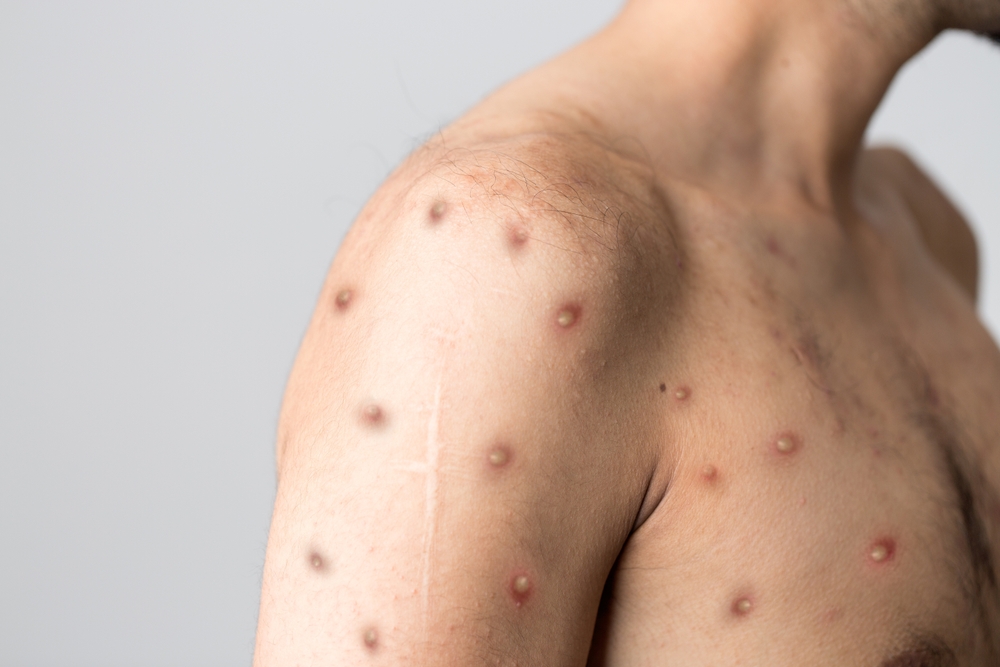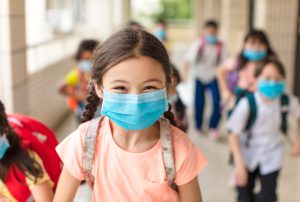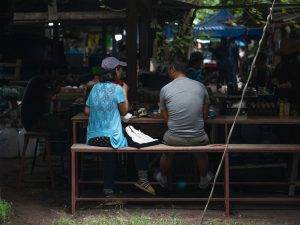Article first published on May 24, 2022
UPDATE — The World Health Organization has declared the global Monkeypox outbreak as public health emergency of international concern. While the risk of Monkeypox is moderate globally and regionally in Asia, Europe’s level of risk is high. Dr Tedros Adhanom Ghebreyesus, WHO Director-General, highlighted the risk of further international spread which is happening rapidly through new modes of transmission.
Although the public is warned of its rapid transmission, at the moment, Monkeypox is an outbreak which is primarily concerned among men who engage in male-to-male sex, especially those who have multiple partners.
Monkeypox is a rare viral disease caused by infection with the monkeypox virus, which is closely related to the infamous smallpox virus. It was first discovered in 1958 in colonies of monkeys and the first human case was confirmed in 1970 in Congo, Africa. Since the 1970s, many cases have been reported largely in Central and West Africa, and occasionally in the US or the Middle East through international travel.
Where has it spread so far?
According to the Centers for Disease Control and Prevention (CDC), there is a total of 18,095 confirmed cases globally. The data also shows confirmed cases being present in 11 countries in Asia. The highest number is reported in Israel with 115 confirmed cases, the United Arab Emirates comes second with 16 confirmed cases and Singapore recently reported a total of 9 cases.
How does Monkeypox spread?
Monkeypox virus exhibits human-to-human transmission by close contact with bodily fluids and respiratory droplets. In this outbreak, sexual transmission is thought to be the largest contributor to cases. Due to monkeypox’s unique property of being very stable outside a human host, contaminated objects are also a mode of transmission.
Fortunately, unlike smallpox, it is less infectious. And compared to the COVID outbreak that we are used to, this group of viruses tend to be fairly stable and not mutate.
Its incubation ranges from 5 – 21 days. This also explains Belgium’s swift action to implement a 21-day quarantine for confirmed cases, and the UK’s mandate on close contact with confirmed cases doing the same.
Linking back to its origin, animal-to-human transmission is similarly possible through the same methods of bodily fluids or contact with contaminated material. A few animal species have been identified to be susceptible, including certain types of squirrels and rodents. It is advised to avoid eating undercooked animal meat when further studies are required to identify how the virus is spreading in nature.
What are the signs and symptoms?
The signs and symptoms of Monkeypox are very similar to smallpox. Apart from the generalised symptoms listed below, most patients would develop an unexplained rash between 1-3 days of falling ill. The rash often begins on the face and then spreads to other parts of the body like the hands and the feet.
Generalised symptoms of Monkeypox:
- Fever and chills
- Headache
- Muscle aches
- Backaches
- Joint pain
- Swollen armpit
- Extreme lethargy
Treatment options for Monkeypox
There is currently one licensed oral treatment (tecovirimat), initially created to cure smallpox, which gained approval earlier in 2022 by the European Medicines Agency to cure Monkeypox. In May 2022, FDA also approved this drug as an intravenous route for patients with more severe symptoms which inhibit them from swallowing. There are currently 2 US FDA-licensed vaccines that protect against Monkeypox and smallpox. However, access to these options is still limited in many parts of the world.
This is because smallpox was eradicated globally more than 40 years back, and vaccination programmes with vaccines that protect against strains of the pox were also terminated. This led to a fall in the demand, production and administration of the vaccine. And possibly led to a drop in individual and herd immunity, and allowed for the opportunity for outbreaks to happen in the younger population.
Thankfully, the disease is usually mild and most will recover within a few weeks. Disease management focuses on symptomatic control including anti-fever and painkiller medications.
The fatality rate of Monkeypox depends on the strain of the virus. There are 2 types known to exist: the West African clade which is in current circulation, and the Congo Basin clade. Of the 2, fortunately, the West African clade is less severe, with a 3.6% fatality rate. Whereas, the Congo Basin clade kills almost 1 in 10 people infected.
How can I prevent myself from getting Monkeypox?
Here are a few things you should do to avoid infection:
- Avoid contact with animals, especially those that look sick or have been found dead
- Avoid contact with materials that might have been touched by animals or person with known Monkeypox infection
- Wash hands often before and after touching your face, and before eating
- Use personal protective equipment like masks when entering high-risk places like hospitals or animal farms
- If you are unwell, stay home and reduce social contact.
So should we in Asia be concerned?
Because of its low transmission rate and the fact that there already is a developed vaccine, it is highly unlikely the virus would cause any socio-economic impact like its COVID counterpart. However, health officials across the world have urged the public to remain vigilant as we simply could not afford another COVID-style worldwide turmoil.
Here’s where we hope that we can now benefit from that the same principles of infectious disease outbreak control that have been honed in us for the past 2 years.












